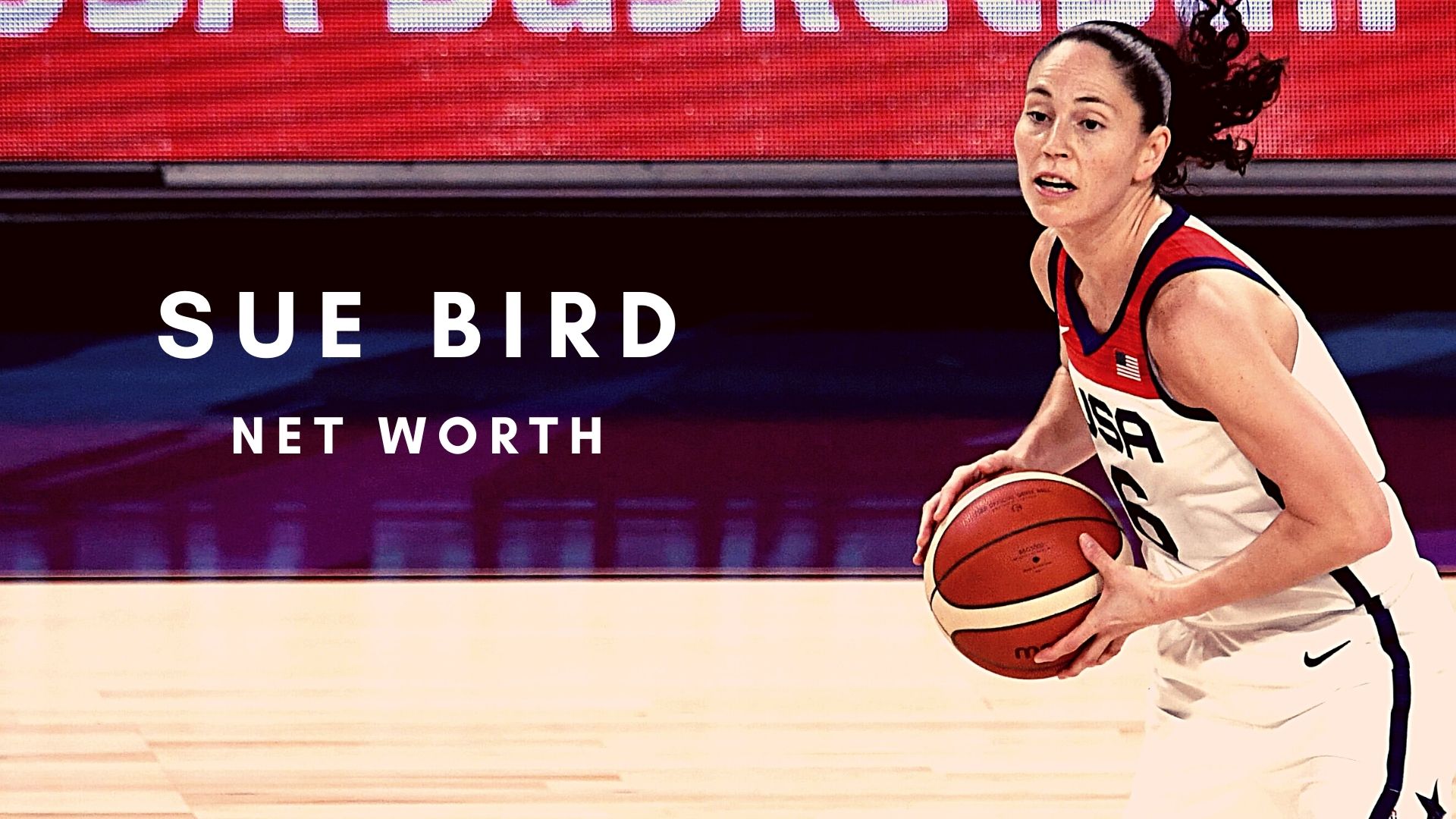

She preferred that he become a doctor or a lawyer. As a 10-year-old boy, Danh began making his own clothes, but his mother warned him not to pursue a “poor career” in fashion. Gary explained how he had met Danh through his friend, and then Danh told his story.ĭanh had grown up in Vietnam, where his parents were tailors. Metta, who has a college background in math, had been interested in marketing products and was so impressed with Buttercloth that he was motivated to get on board. Kevin remarked that the three of them were quite an eclectic group, and wanted to know how they got together. All of the sharks said that they felt nice and soft. Metta then passed samples of the shirts to the sharks so they could touch and feel the fabric. He talked about the fabric’s 6-way stretch and breathability, and then easily dunked a ball through a basketball net on stage. Their scientist turned out to be a former NBA player, Metta World Peace, wearing a white lab coat over a Buttercloth shirt. Gary told the sharks that the shirts were made of 100%, sustainable, long-fiber cotton, but both Gary and Danh wanted to bring out their “scientist” to explain more. His Buttercloth shirts, in contrast, “Make you feel like you’re wearing your favorite t-shirt, but make you look like you’re fully employed.” The sharks liked that line. They began their pitch with Danh telling the group that he always hated dress shirts because they’re usually stiff and scratchy. Buttercloth Shirts On Shark Tankĭanh approached the stage with one of his advisers, Gary Falkenberg (who’s a friend of Buttercloth’s COO). He’ll ask the sharks for $250,000 in exchange for 10% of the company he calls Buttercloth Shirts. He’s developed a line of dress shirts that are ultra-comfortable but still look sharp and presentable. Since he was a young boy, he had a passion for fashion design and has spent his life’s savings working toward that dream.

Shark Who Took The Bait: Robert Herjavecĭanh Tran was born in Vietnam but now lives in Long Beach California.


 0 kommentar(er)
0 kommentar(er)
